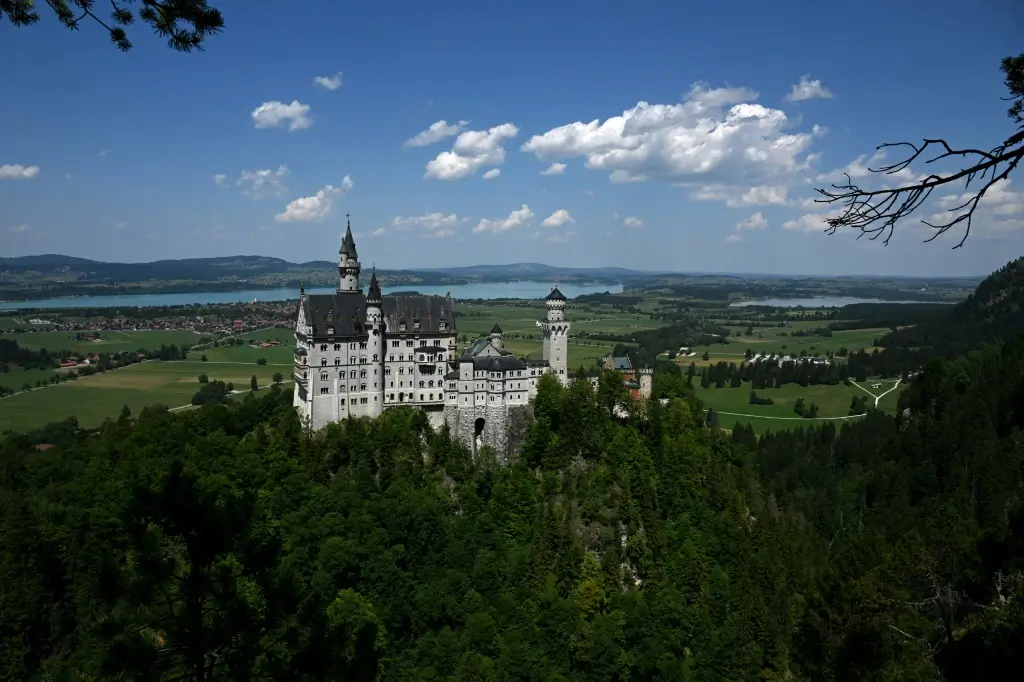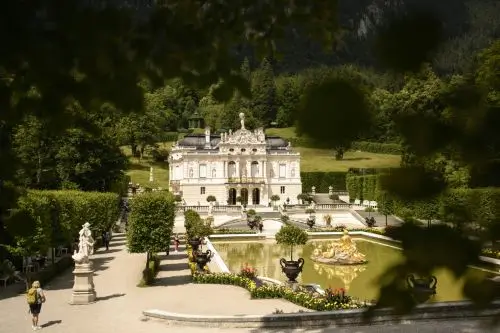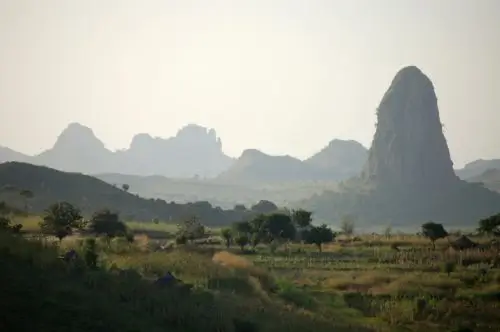
At its 47th session in Paris, UNESCO’s World Heritage Committee inscribed 21 new sites on the prestigious World Heritage List, bringing global recognition to cultural and natural treasures spanning six continents. The 2025 additions include iconic landmarks such as France’s prehistoric Carnac stone alignments, Germany’s fairytale Neuschwanstein Castle, and sacred landscapes in Cameroon’s Mandara Mountains and Malawi's Mount Mulanje. From ancient archaeological sites and majestic royal residences to vital biodiversity hotspots, these new inscriptions celebrate the rich diversity and heritage of our world.
This article highlights some of the most notable additions. For the full list of all 21 newly inscribed sites, visit UNESCO’s official website.
In Germany, UNESCO added the iconic Neuschwanstein Castle in Bavaria, along with three other royal residences, to the World Heritage List. Built in the 19th century under the reign of King Ludwig II, these castles are celebrated for their architectural innovation and cultural significance.
Neuschwanstein Castle, perched on a rocky cliff in the Bavarian Alps, is one of the most visited castles in Europe, drawing around 1.5 million visitors each year. Its romanticized medieval design famously inspired Walt Disney’s fairytale castles.

The other Bavarian sites newly inscribed include:
UNESCO praised these Bavarian castles as “masterpieces of 19th-century historicist architecture” and highlighted their integration into the surrounding landscapes. The organization also noted that the castles represent the cultural aspirations and artistic vision of King Ludwig II, whose passion for art and music left an enduring legacy in Bavaria.
The megalithic alignments of Carnac and the banks of Morbihan in Brittany, western France, are now officially part of UNESCO’s World Heritage List. These extraordinary Neolithic stone formations, created between 5000 and 3000 BC, stretch over an area of 1,000 square kilometers.

The site includes more than 550 monuments, with the Carnac stone rows being the most famous. Comprising long, straight avenues of standing stones, or menhirs, of varying heights, their origin and purpose remain a mystery to archaeologists. UNESCO praised the site as “an exceptional testimony to the technical sophistication and skill of Neolithic communities,” highlighting their ability to quarry, transport, and erect such monumental stones without modern tools.
The Carnac alignments attract nearly 300,000 visitors annually, and their inclusion on the World Heritage List is expected to drive further interest and investment in preservation efforts.

UNESCO also announced the inclusion of two cultural sites in Africa, underscoring its commitment to improving the continent’s representation on the list.
In Cameroon, the Diy-Gid-Biy landscape of the Mandara Mountains was added. This area features archaeological sites dating from the 12th to 17th centuries, surrounded by terraced agricultural land and sacred worship spaces.
In Malawi, the Mount Mulanje rgained recognition
Among other African nominations this year are:
Though Africa’s share of World Heritage Sites remains relatively small, Director-General Audrey Azoulay has emphasized increasing representation on the list during her tenure.
While celebrating new additions, UNESCO raised alarms about the threats facing many existing World Heritage Sites. Nearly three-quarters of the 1,223 listed locations face serious water-related risks such as droughts and flooding, exacerbated by climate change.
“Climate change is no longer a distant threat; it is already affecting some of our most treasured heritage sites,” UNESCO Director-General Audrey Azoulay said.
Armed conflict, pollution, and urban encroachment remain additional challenges. Around 56 sites are currently on UNESCO’s endangered list, with half of those impacted by conflict, particularly in the Middle East and parts of Africa. These issues underscore the need for stronger global efforts to safeguard heritage for future generations.
The World Heritage designation serves as more than just a mark of prestige. It provides international recognition, encourages sustainable tourism, and unlocks funding for conservation efforts. The designation often leads to a surge in visitor numbers and economic benefits for local communities.
As of 2025, the World Heritage List includes over 1,200 cultural, natural, and mixed sites worldwide. France’s total has now risen to 54, while Germany boasts 55. The UNESCO World Heritage Committee’s meeting in Paris will continue through July, with additional inscriptions and conservation decisions expected in the coming days.